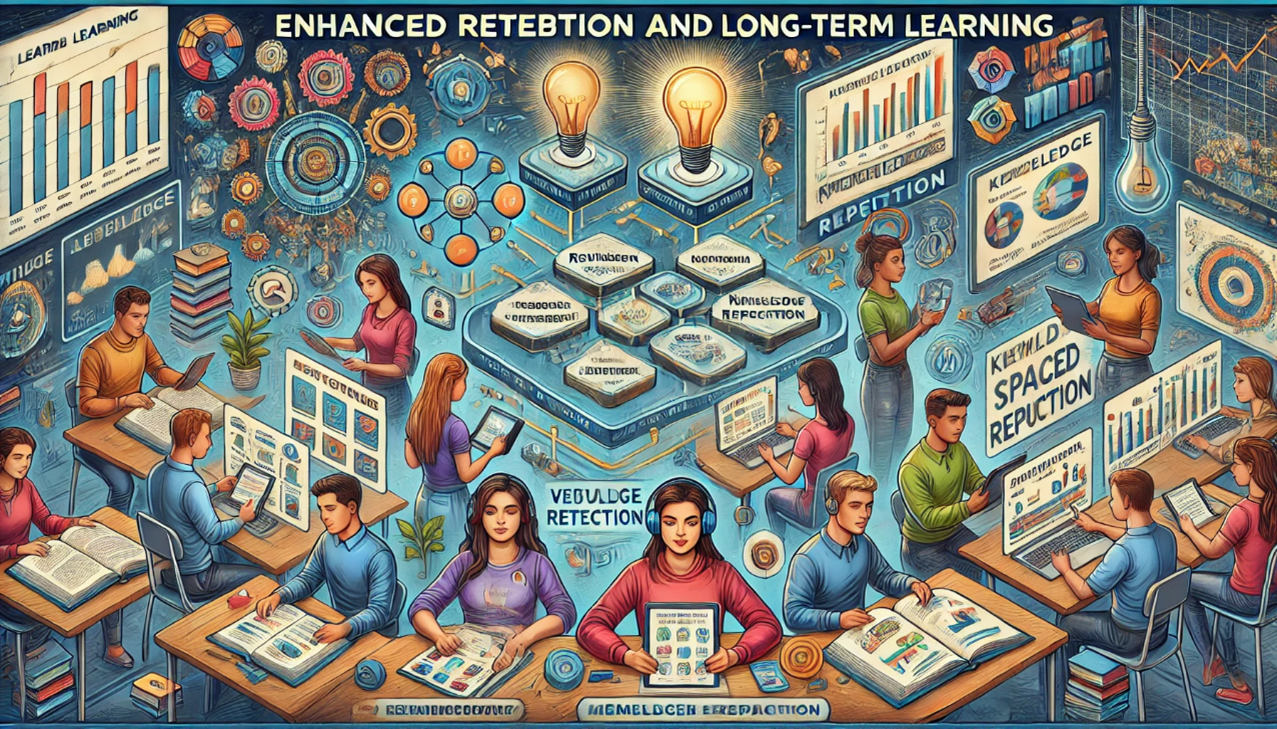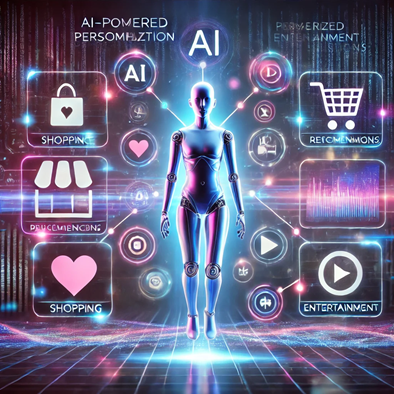Can AI help reduce bias in judicial decision-making processes?

Can AI help reduce bias in judicial decision-making processes?
by Nathaniel 11:16am Jan 25, 2025
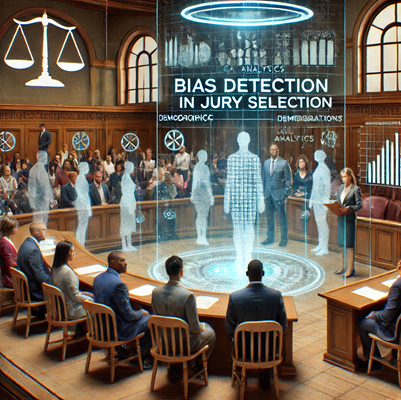
Can AI help reduce bias in judicial decision-making processes?
AI has the potential to help reduce bias in judicial decision-making processes by providing more objective, data-driven insights and promoting fairness. However, its effectiveness largely depends on how it is implemented and the quality of data it is trained on. Below are ways in which AI can assist in reducing bias, along with challenges and considerations.
1. Identifying and Addressing Implicit Bias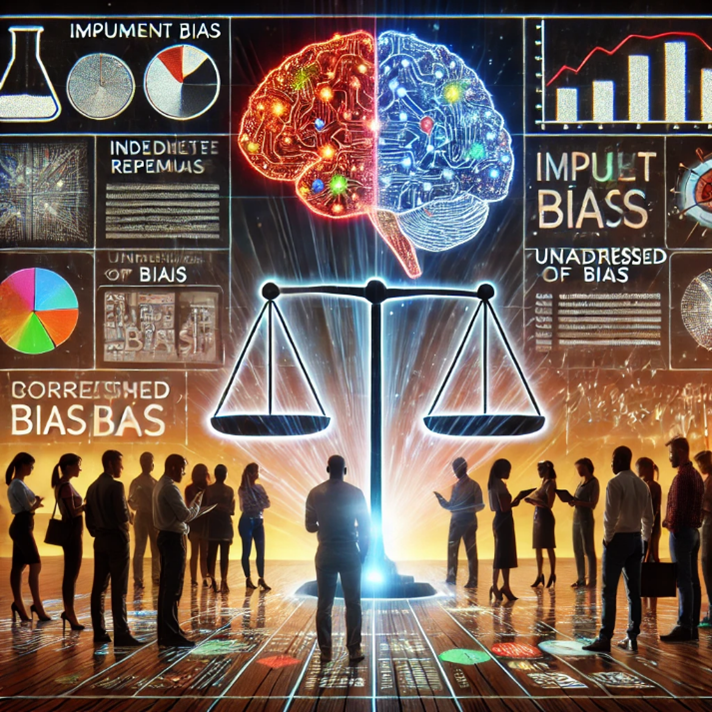
AI can help identify biases that may influence judicial decision-making by analyzing large datasets of judicial rulings and detecting patterns of potential bias. These patterns might include:
Disparities based on race, gender, or socioeconomic status: AI systems can analyze decisions across demographic groups to determine if certain groups are disproportionately affected by certain judicial outcomes (e.g., harsher sentences for certain races or gender disparities in bail decisions).
Historical Data Analysis: AI can examine past rulings to identify trends where decisions might have been influenced by extraneous factors like race,religion, or other irrelevant criteria. By flagging these patterns, AI can alert judges to potential biases in their reasoning.
By identifying areas of bias, AI can guide the development of training programs for judges or suggest methods for improving fairness in the decision-making process.
2. Promoting Consistency
AI can help standardize decision-making by providing recommendations based on historical case law, ensuring consistency in how similar cases are adjudicated. This could help reduce:
Inconsistent rulings:Human judges may have biases, personal preferences, or interpretations that lead to inconsistent decisions in similar cases. AI, when properly trained, can analyze prior cases and provide suggestions that align with precedent and legal principles, promoting consistent rulings.
Sentencing disparities: AI tools can help analyze sentencing guidelines and outcomes to ensure that individuals who commit similar crimes receive comparable sentences, reducing the chance of disparity due to subjective biases (e.g., bias related to race or background).
3. Enhanced Transparency
AI can bring transparency to the judicial process by making decisions and reasoning more explainable and accessible. With AI systems:
Auditability: Algorithms can track the decision-making process, enabling easier audits to ensure fairness. If a judge or decision-maker receives an AI suggestion, the system can explain the logic behind its recommendations,which can be reviewed for potential biases.
Increased accountability: By providing detailed insights into the decision-making process, AI can help expose any systemic biases that may be influencing rulings. This transparency can motivate judges to align their decisions with established legal principles and avoid biased reasoning.
4. Bias Detection in Jury Selection
AI can be used to analyze jury selection processes to ensure that there is no bias in who is chosen to serve on a jury. By analyzing data on demographics and juror behavior, AI can help flag potential biases that could skew the impartiality of a jury. For example:
Analyzing demographic biases: AI could identify if certain racial, gender, or socioeconomic groups are over- or under-represented on juries, providing insights into how juries may be skewed and ensuring that a diverse and representative group is selected.
Identifying biased patterns in jury decisions: AI systems can analyze patterns in jury verdicts to identify if particular biases affect decision outcomes, which can be used to improve jury instructions or the jury selection process itself.
5. Support for Legal Reasoning
AI can support judges in making more objective, fact-based decisions by analyzing large volumes of legal texts (such as statutes, precedents, and case law) and providing a comprehensive analysis of how laws apply to a specific case. This could help judges to:
Focus on legal facts and precedents: By presenting data and analyses that highlight the most relevant precedents and legal rules, AI can reduce the chance of a judge making decisions based on personal biases or extraneous factors.
Prevent cognitive biases: AI can help mitigate cognitive biases such as confirmation bias (seeking information that supports pre-existing beliefs)or anchoring bias (relying too heavily on the first piece of information encountered), by presenting all relevant facts and precedents in an unbiased manner.
6. Enhancing Legal Research and Case Analysis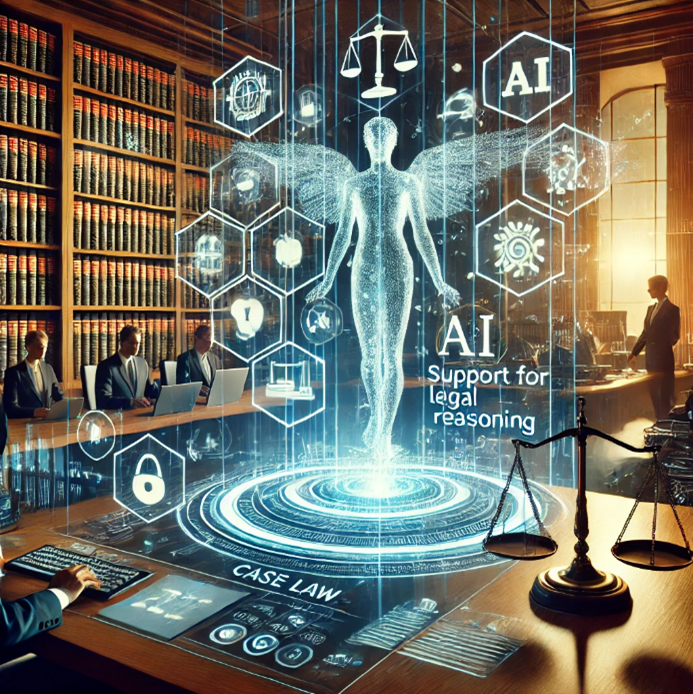
AI tools can enhance legal research and case analysis, making sure that judges are not influenced by irrelevant factors when reviewing cases:
Comprehensive case analysis: AI can analyze a wider variety of legal documents,including case law, statutes, and scholarly articles, ensuring that a judge has access to a full spectrum of legal information to support decision-making, reducing the risk of biased judgment.
Uncovering overlooked precedents: By examining large datasets of cases, AI can identify relevant precedents that may have been overlooked by a judge due to time constraints or cognitive bias, helping to ensure decisions are based on the most relevant legal framework.
7. AI-Assisted Sentencing Guidelines
AI can assist judges in sentencing by providing data-driven recommendations based on guidelines, helping to reduce disparities in sentencing:
Objective sentencing guidelines: AI tools can compare sentencing outcomes across similar cases and recommend consistent penalties based on an analysis of sentencing guidelines and past rulings. This can help to mitigate the impact of subjective biases in decisions regarding bail, parole, or prison sentences.
Sentencing alternatives: AI can identify alternative sentencing options, such as rehabilitation programs or community service, that may be more appropriate for certain individuals, reducing the likelihood of harsh sentences driven by biases.
Challenges and Considerations
While AI has significant potential to reduce bias in judicial decision-making, it is not without its challenges:
Bias in Data:AI systems learn from historical data, which may contain biased or prejudiced outcomes. If the data used to train an AI system reflects historical biases (e.g., racial or gender disparities in sentencing), the AI could inadvertently perpetuate or even exacerbate those biases. Therefore, it is critical to ensure that the training data is diverse, representative, and free from biases.
Lack of Contextual Understanding: AI systems may struggle with understanding the nuances of complex human behavior, social context, and ethical considerations that are inherent in many legal decisions. Judges often need to consider human elements that go beyond raw data, such as emotional impact or societal consequences, which AI may not be able to fully account for.
Accountability and Transparency: While AI can help identify and mitigate biases, it is essential that AI systems remain transparent and their decision-making processes auditable. There is a risk that AI could become a "black box," with the reasoning behind its decisions being difficult to understand or challenge.
Human Oversight:AI should not replace human judgment but rather assist it. Judicial decision-making requires a deep understanding of law, ethics, and society,which AI systems may not possess. Human oversight is necessary to ensure that decisions made with AI assistance align with broader societal values and legal principles.
Conclusion
AI has significant potential to reduce bias in judicial decision-making by providing data-driven insights, promoting consistency, and increasing transparency. By identifying patterns of bias in past decisions, standardizing analysis, and ensuring objective legal reasoning, AI can help create a more impartial and fair judicial process. However, the effectiveness of AI in reducing bias is contingent on the quality and fairness of the data it is trained on, as well as the continued need for human oversight to address the broader ethical and contextual elements of legal decisions. When used appropriately, AI can be a powerful tool in enhancing fairness and objectivity in the judicial system.





